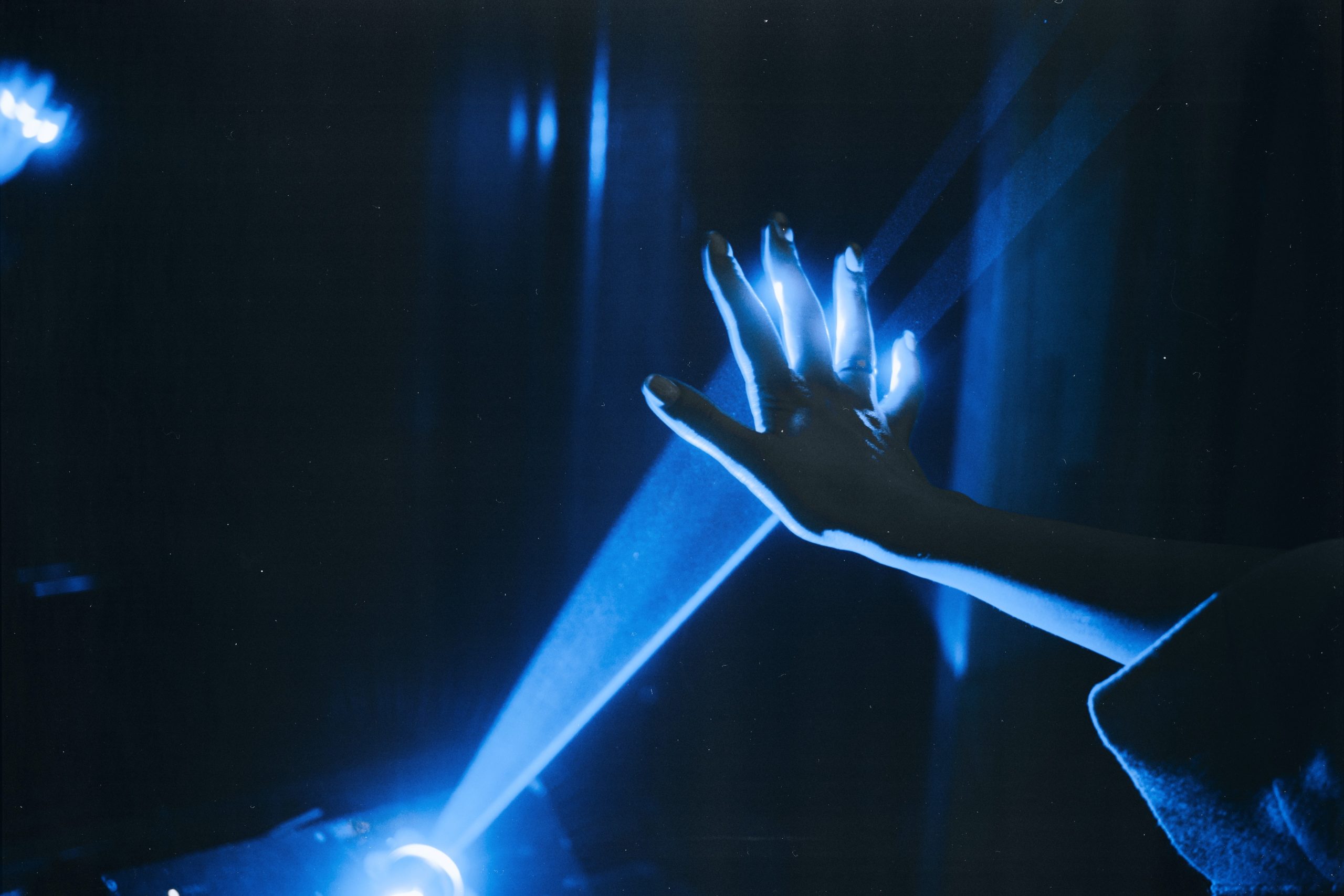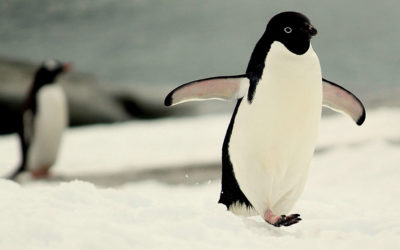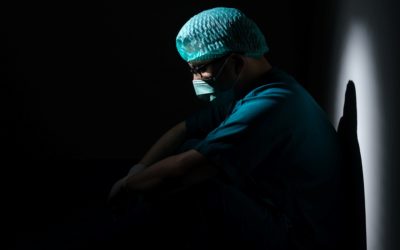“It is not easy to be a pioneer in Brazil acting in such a Eurocentric science as Physics”. The phrase is authored by UFF Physics Institute (IF) professor Antonio Zelaquett Khoury, founder, and coordinator of the university’s Optics and Quantum Information Laboratory. Khoury was recently elected a member of OPTICA, formerly known as the Optical Society of America, whose goal is to promote the advancement of scientific research and to bring together the international community of researchers in the field of Optics.
For over two decades, and despite all the difficulties inherent to those who choose research as a professional path in Brazil, the UFF researcher has been developing a work of excellence and internationally recognized in the laboratory, with a team of students formed by him, in addition to permanent teaching staff, consisting of doctors Carlos Eduardo Rodrigues de Souza, Daniel Schneider Tasca, and Gabriel Bié Alves. The research revolves around the fundamentals of quantum mechanics, applied physics, and quantum information, through the so-called “spatially structured light” and its properties. Once understood and manipulated, these resources can have multiple applications, such as high-security cryptography, quantum computing, and image processing, among other things.
Khoury points out that when he joined the University, there was very little infrastructure for research in the area of quantum optics and that, initially, the only option available was to collaborate with other, larger groups in order to maintain regular scientific production. In these groups, however, the work of his team took a supporting role. But already in 2006, a pioneering independent study began to develop in the laboratory, which changed the course of events. “At that time, we had the idea of connecting the concepts of quantum information with the structuring processes of a light beam and, in the following year, we published the first article on the subject in Physical Review Letters, one of the most important journals in Physics.
According to the researcher, other projects were produced in the laboratory since then and, little by little came the international repercussion. “In the beginning, there were positive and negative reactions, but, with time, the idea was imposing itself, as is common in the development of science. Our contributions were recognized by several senior physicists from other countries, among them, Professor Elisabeth Giacobino, former Secretary of Science and Technology of France, Professor Joseph Eberly, former president of the Optical Society of America and Professor Luiz Davidovich, current President of the Brazilian Academy of Sciences,” he celebrates.
To understand some of the studies produced in the laboratory and its pioneering spirit, it is necessary to understand the meaning of a key concept that permeates the team’s entire trajectory of investigations: the so-called structured light. According to Khoury, the best way to assimilate this concept is by drawing a parallel with genetics in biology. “Genetics studies how the DNA molecule, which is a fundamental component of life, is made up, in order to determine the characteristics of a living being. By changing the sequence of amino acids in DNA, we can ‘program’ the attributes of an adult human being, such as height, eye color, etc. In the same way, photons are the fundamental components of a light beam, which also have their own attributes, such as color and direction of propagation.
In addition to these attributes of light, there are others less known by people not specialized in the area, which are of great importance for telecommunications and microscopy, for example. He explains that, nowadays, “it is possible to control these photonic attributes in order to program the characteristics of a light signal used for the transmission of information or for the illumination of microscopic objects. This is what we do in the Quantum Optics Laboratory of the Physics Institute at UFF.
Khoury clarifies that many of the concepts used in the methods for structuring light were inspired by principles of quantum information and that this is the basis of the pioneering contributions made by the research developed in the laboratory. “We connected two seemingly independent research themes, which served as inspiration for the development of new techniques in the field of optics. The award we received is the international recognition of our contributions to the subject”, he highlights.
Much of the research developed in the laboratory has counted on significant contributions from theoretical professors, such as Professor Kaled Dechoum from the Institute of Physics. According to him, “lately the team has invested a lot in the study of spatially structured light in order to encode more information. The technological possibilities arising from these studies are enormous, as light is expected to replace electrons in many devices, making them more miniaturized and more precise. By investigating these fundamentals, finally, we have a better understanding of the reality of the world and the very nature of light, until we arrive at suggesting technological uses”, he emphasizes.
Besides the professors, another fundamental part of all the work developed has been structured through the students. For Khoury, they are the essence of the laboratory, since they are the driving force of scientific research. “Certainly, the recognition we have today has the contribution of all the students who have passed through here. Several of them got postdoctoral positions abroad, with foreign funding, which is a significant sign of the international visibility of our research. Most of the lab’s former students today work in teaching and/or research institutions.
Among this team is José Augusto Oliveira Huguenin, currently a professor at the Institute of Exact Sciences at UFF’s Volta Redonda campus, where he was a pioneer in setting up the Optics Laboratory, which he coordinated. Khoury points out that the work developed by the former student represents an important example of the internalization of research in the state of Rio de Janeiro.
José Augusto tells that 22 years ago he started doing scientific initiation with Professor Antonio Khoury. At that time, he recounts, the assembly of the Optics and Quantum Information Laboratory was being initiated. “I started working in the laboratory under his guidance in a moment of extreme optimism, and I could see his involvement in building it: his passion for research infected me! I remember the work we had to put the optical table in space and the arrival of the first narrow linewidth laser: it was the most valuable machine in the lab!” he recalls.
Six years after this first meeting, in 2006, José Augusto was approved in the public exam for the Metallurgical Industrial Engineering School of Volta Redonda at UFF. In a short time, he inaugurated a line of applied research in optical metrology. “I never stopped collaborating with UFF’s Quantum Optics Laboratory. To set one up in Volta Redonda, I took some donations from IF, such as old benches that were no longer being used. In addition, I participated in large-scale projects, which enabled the purchase of equipment to start research in optics and quantum information in Volta Redonda. Thus, the Optics Laboratory of Volta Redonda was born.
Another collaborator of the laboratory is Wagner Tavares Buono, Ph.D. in physics from UFF, who highlights how quantum information is “on the rise” in research in the area around the world. “Many countries today are talking about quantum information. And one of the best ways we have heard of to transmit it is using laser beams. The ‘spiral’ laser beams that we have studied have already had one important property scientifically proven: the possibility of high information transmission. In a more fundamental aspect, this study shows new ways of how light interacts with matter. More specifically, we offer a couple of degrees of freedom of light.
Braian Pinheiro da Silva, who recently received his doctorate from the Physics Institute at UFF and is also a member of the laboratory, points out that the skills developed by him in the study of this universe yielded many achievements. Among them, is a special invitation from Professor Tom Vettenburg, from the University of Dundee, in Scotland. “He hired me to do a post-doctoral fellowship in his computational microscopy laboratory in conjunction with the School of Life Sciences. One of our goals is to apply structured light to study embryonic development more precisely,” he celebrates.
In view of so many achievements, and regardless of the arduous path that brought him to this moment, made of a unique blend of creativity and perseverance, Antonio Zelaquett Khoury highlights as the right choice to concentrate his efforts on developing a line of research at UFF, instead of prioritizing external collaborations, and amid the growing need to give shape to his own ideas. “I always wanted to develop a theme that was identified with our institution. I used to joke with colleagues and students at the University saying that I would rather drive our little beetle than hitch a ride on other people’s Mercedes,” he concludes.





